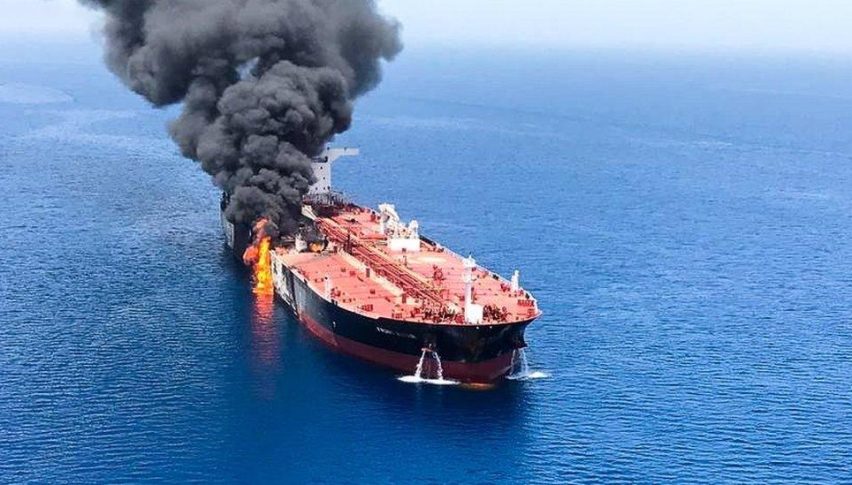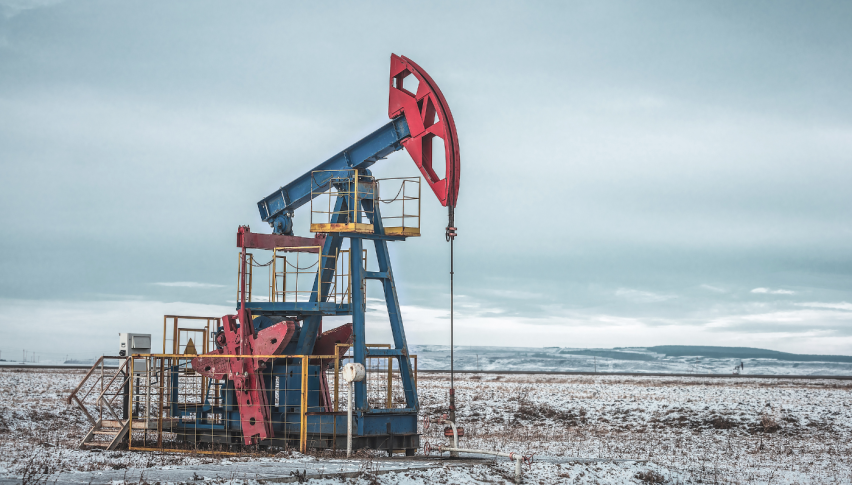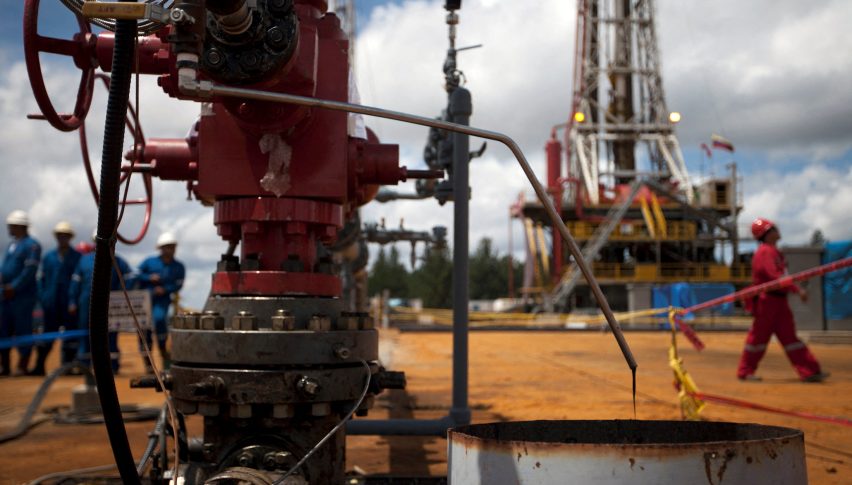Barclays Bank Bullish on Crude Oil in 2025
Barclays stated that it increased its forecast for the price of Brent oil by $6 to $72 per barrel for 2025
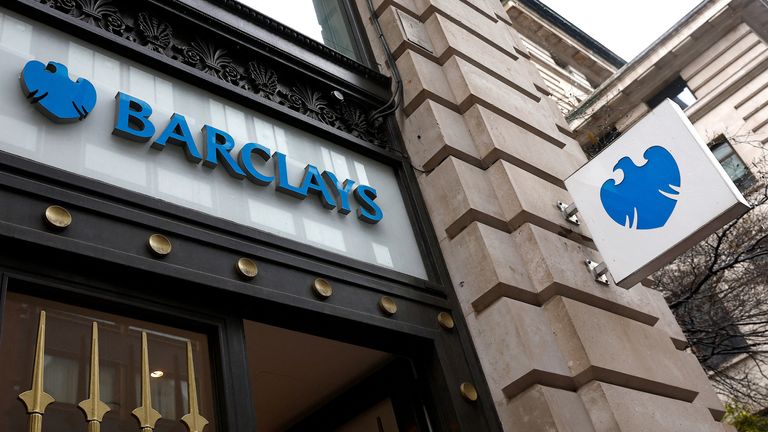
Quick overview
- Barclays raised its Brent oil price forecast for 2025 to $72 per barrel and for 2026 to $70 per barrel due to strong demand expectations.
- The bank noted that geopolitical tensions have eased, contributing to better-than-expected market fundamentals.
- Global crude oil inventories decreased in the second quarter, driven by stronger demand growth and weaker non-OPEC supply growth.
- Barclays increased its global demand growth forecast by 260,000 barrels per day, primarily from OECD nations, despite anticipating a slowdown in activity.
Barclays stated that it increased its forecast for the price of Brent oil by $6 to $72 per barrel for 2025 and by $10 to $70 per barrel for 2026 amid a strong demand outlook.
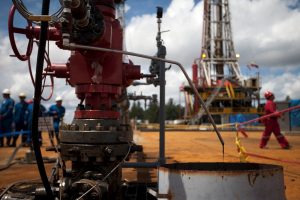
The British-based bank stated in a note that “price action has been reflecting better-than-expected fundamentals, Tense geopolitical conditions have subsided”.
Although the risk premium has vanished and the mediated ceasefire between Israel and Iran is in place, the Organization of the Petroleum Exporting Countries and its allies, including Russia, increased their output more quickly than previously.
“Still, global crude oil inventories fell in the second quarter,” according to Barclays. It stated that the International Energy Agency’s (IEA) upward revision of baseline demand estimates, coupled with stronger demand growth and weaker non-OPEC supply growth, are the main drivers of the tighter balance outlook.
Barclays said that “demand has been coming in stronger than expected” and increased its forecast for global demand growth by 260,000 barrels per day, with the majority of that growth coming from OECD nations.
Oil demand is expected to grow by 130,000 barrels per day this year, though it still anticipates a slowdown in activity, which is 100,000 barrels per day more than its previous estimate following a weather-related demand boost earlier in the year.
According to Barclays, pressure on some producers to reduce output to make up for earlier production above their quotas means that, on the supply side, the actual output increase will probably continue to lag even though OPEC+ will likely continue to phase out its voluntary production cuts at an accelerated pace.
- Check out our free forex signals
- Follow the top economic events on FX Leaders economic calendar
- Trade better, discover more Forex Trading Strategies
- Open a FREE Trading Account
